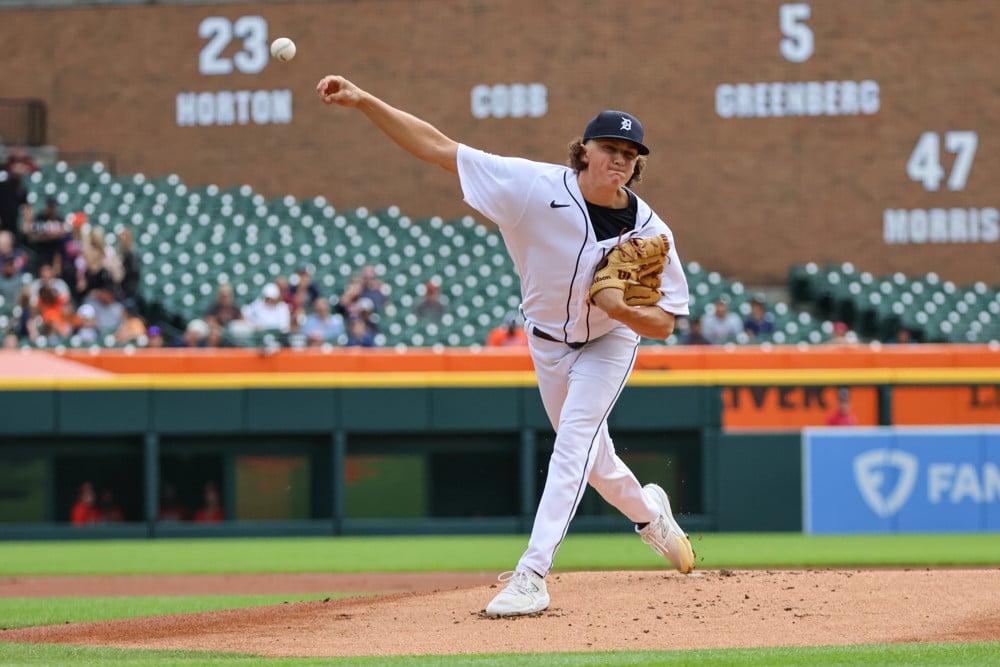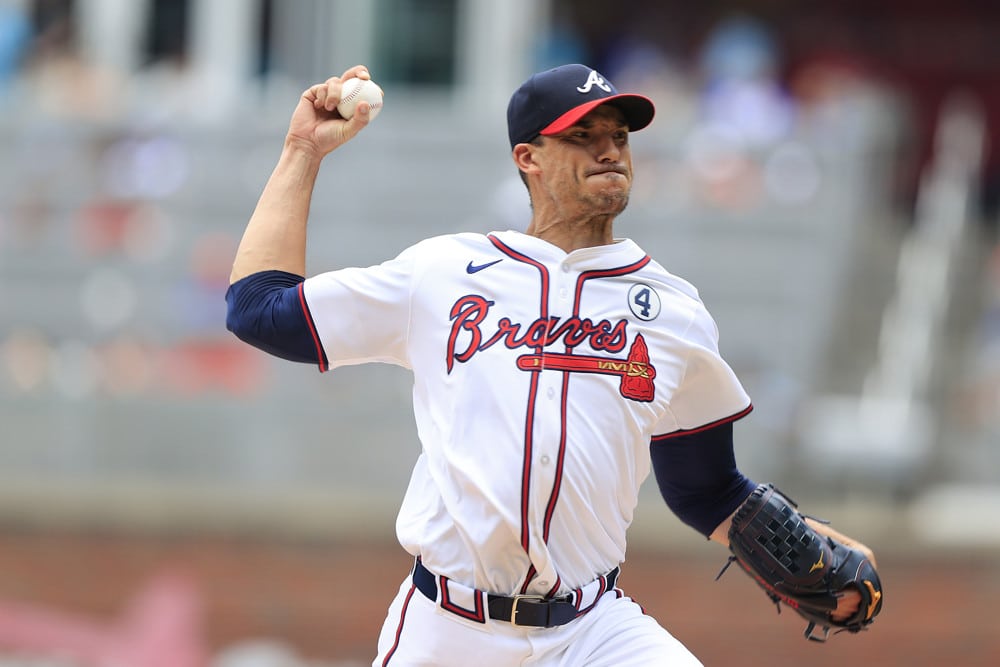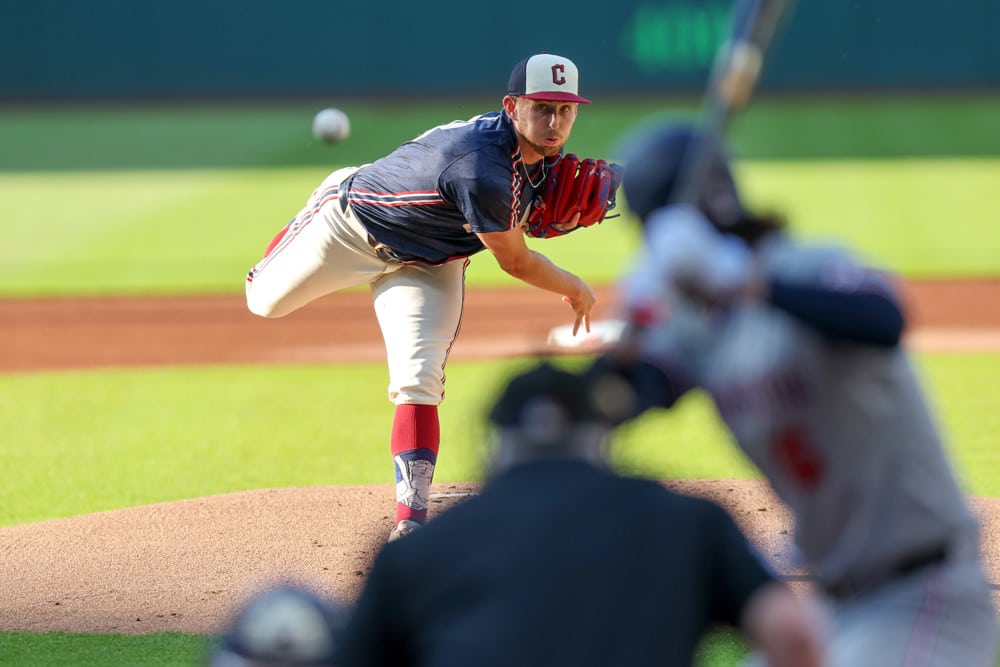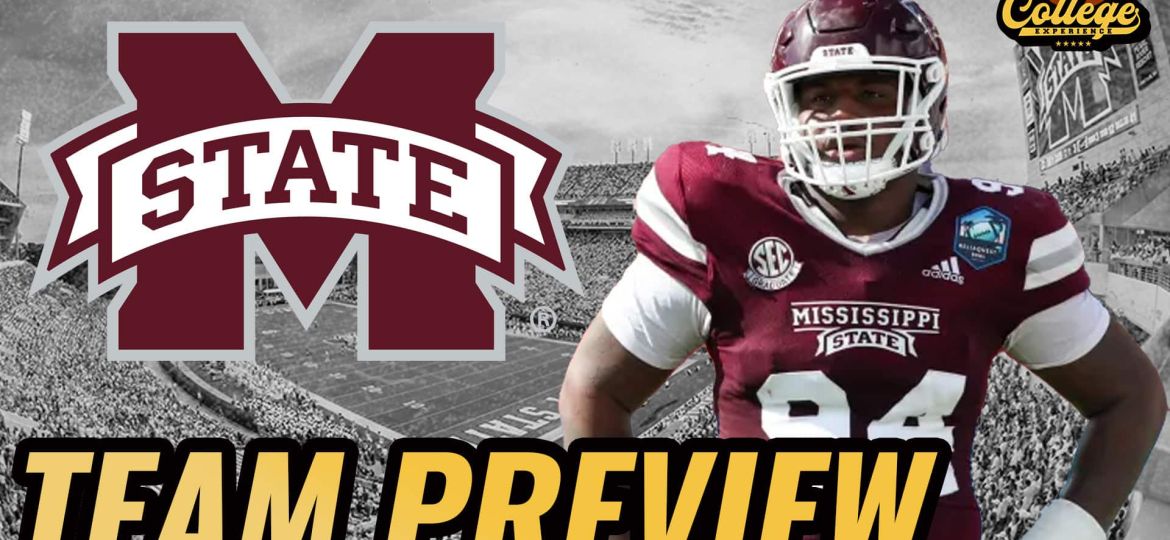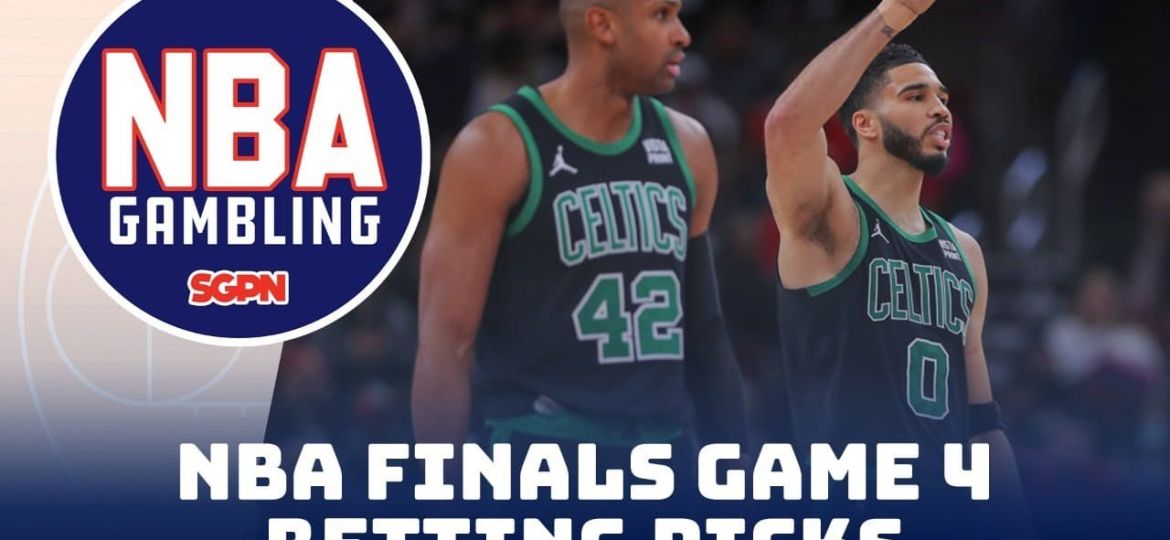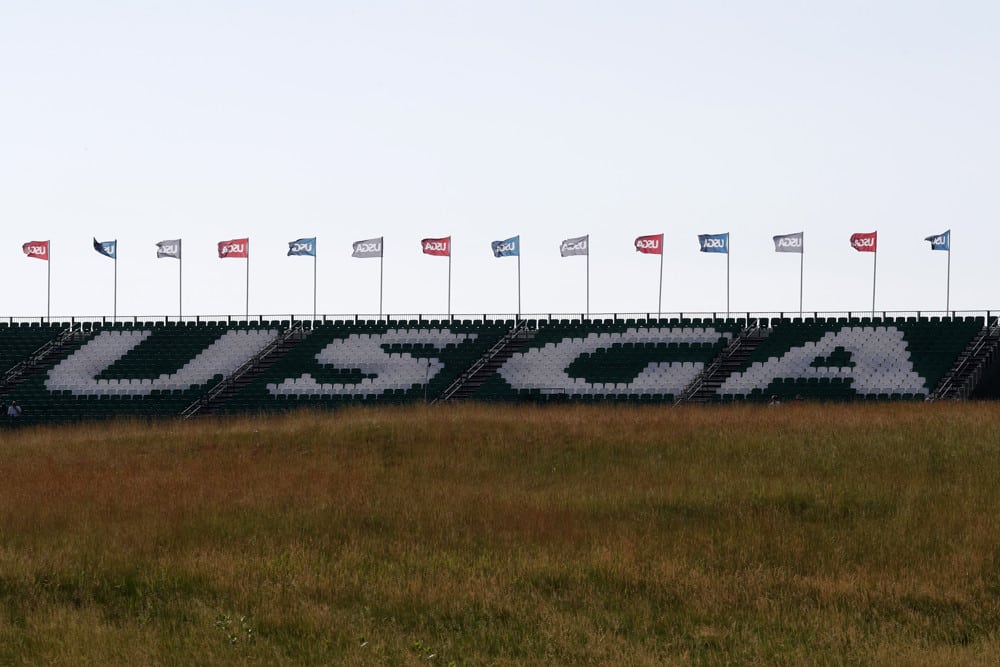
Following the ground-shaking agreement between the PIF and the PGA Tour, the golf world unites again for the third major of the season: the 2023 U.S. Open from Los Angeles Country Club. As always, here is your 2023 U.S. Open Preview and a tournament betting guide.
Go here for more Golf Content!
2023 U.S. Open Preview
The Golf Course
This year’s U.S. Open will take place at Los Angeles Country Club in California. This is the first men’s major championship the club has ever hosted. And it hasn’t hosted a professional golf tournament since 1940. However, even though this is essentially its grand reveal to the world, that doesn’t mean it isn’t one of the best golf courses in America.
George Thomas designed Los Angeles Country Club in 1911. He later did an additional renovation to it with William Bell in 1928. The Los Angeles Country Club is one of the most exclusive country clubs in the United States. For years, the members were very hesitant to bring a major tournament to its club, unwilling to allow the public to enter through the pearly white gates.
However, the USGA coveted a return to Los Angeles. It nearly succeeded in bringing the 1986 U.S. Open to Los Angeles Country Club. However, its club president at the time failed to sway enough board members to get the necessary approval. But following a restoration of the North Course by Gil Hanse and Geoff Shackelford, the club approved the return of the USGA to Los Angeles Country Club. It was selected to host the 2017 Walker Cup. Soon after, the Los Angeles Country Club was selected to host the 2023 U.S. Open.
Few didn’t know it then, but the 2017 Walker Cup would feature one of the most decorated teams in its history. Leading the United States side were Scottie Scheffler, Collin Morikawa, and Will Zalatoris. Also on the team were PGA Tour stars Maverick McNealy, Cameron Champ, Doug Ghim, and Doc Redman.
Norman Xiong and Braden Thornberry, two collegiate studs who haven’t quite lived up to expectations, also were on the team. As was the team’s oldest player, Stewart Hagestad, who has competed in several Masters and U.S. Opens before.
Given the names on that United States team, they absolutely waxed Team Great Britain/Ireland 19-7. The only player on Team Great Britain/Ireland who would go on to break through on the professional circuit was Robert MacIntyre.
This tournament is one of the only reference points gamblers have for how the tournament looks and plays. For those who have a few hours to kill, here is a link to the Sunday Foursomes matches and the Sunday singles matches.
Here are a few other videos one can watch in order to prepare for the 2023 U.S. Open. The first is a brief hole-by-hole flyover from the USGA:
Next, here is a video from the Fried Egg going into more detail about the history and restoration of the golf course:
Finally, here is a video of the guys at No Laying Up having a roller coaster experience while playing LACC:
These videos are great resources to familiarize yourself with what Los Angeles Country Club has to offer.
2023. U.S. Open Preview – Betting Strategies
To kick off the betting strategies portion of the 2023 U.S. Open preview, here is some general information about how the USGA intends to set up Los Angeles Country Club.
General Information
The 2023 U.S. Open at Los Angeles Country Club will play to 7,421 yards and as a Par 70. There are five Par 3’s on the golf course while only three Par 5’s. If one were to replace an extra Par 3 with a Par 4 and add 200 yards onto it, the golf course would play over 7,600 yards to a Par 71. On the scorecard, this appears to be a very long U.S. Open venue.
Agronomy
The tees, rough, fairways, and approaches all feature Tifway2 Bermuda Grass. The rough will be cut to 3-4″ in length. This will also be the first U.S. Open to feature bermuda rough since 2005.
There is a different strain of grass both on and around the green. The collars and greens are Pure Distinction Bentgrass and will roll at 13 on the stimpmeter. While they’ll roll quite fast, that might limit how pinnable certain greens are due to their sometimes severe contouring. In addition, the grass around every bunker is tall fescue to give the golf course more of a rugged and natural look.
This is almost identical to the agronomy seen at last year’s PGA Championship at Southern Hills. The only difference being the rough was cut only to 2.25″ in length, it had some tall fescue mixed into it, and the greens ran a lot slower.
Hole-By-Hole Information
Because there is so much unknown about Los Angeles Country Club to the general gambling public, including how it plays in tournaments, I created a video breaking down each hole at Los Angeles Country Club. The video gave an analysis of the tee shots players will hit, what types of approach shots they’ll hit, where to miss and not miss around the green, and how the greens are contoured. In addition, I added commentary from quotes Geoff Shackelford has said about each hole.
It’s a long video, but please watch if you want intensive detail about the playing strategies and challenges of each hole at Los Angeles Country Club:
Here’s an executive summary of the contents of the video:
1. There are a lot of challenges to breaking down this golf course. First, there’s a lack of reference points or comparison courses to draw upon. There isn’t one perfect comparable golf course to look at for handicapping. And the only televised golf we’ve seen of it is from 20 amateurs six years ago.
2. There’s a question as to how the weather and turf conditions will impact play. Over the last few weeks, there have been rumors that the golf course might not play as firmly as one would hope. A conflux of the wet winter Los Angeles received, a stubborn marine layer that hasn’t budged from the sky, and the USGA’s growth of additional rough may have kept some more water into the soil than intended.
Speaking of the marine layer, that also can impact how long the golf course plays. If the marine layer hangs out over the golf course, that will make the air a little denser. In those conditions, the ball might not fly as far as it would if players had clear skies above.
3. The property has significant elevation changes. There are some long holes that play much shorter due to playing dramatically downhill. There are shorter holes (and even a few long ones) that play significantly uphill to make them play much longer. And the fairways can be deceptively wider than they play due to some of the severe contouring of it. Catch the wrong part of a fairway, and your ball might end up 25 yards left or right of where it landed.
Overall, these three variables make it a challenge to guess where tee shots will end up and how far players will have into every green on the Par 4’s and 5’s.
4. Based on my observations from the Walker Cup and analysis from Google Earth, here are some comparable golf courses one can look at to try and figure out the types of players to target in DFS and on the betting card.
Super Firm Conditions: Shinnecock Hills (2018 U.S. Open), Carnoustie (2018 Open Championship), Chambers Bay (2015 U.S. Open)
Softer Conditions/Marine Layer: Erin Hills (2017 U.S. Open), Pebble Beach (2019 U.S. Open), Torrey Pines (2021 U.S. Open), Harding Park (2020 PGA Championship)
Width: Shinnecock Hills, Erin Hills, Augusta National (The Masters), Kapalua (Sentry Tournament of Champions)
Shot Making: Augusta National, Riviera (Genesis Invitational)
Elevation/Uneven Lies/Rolling Topography: Augusta National, Kapalua, Erin Hills, Shinnecock Hills, Chambers Bay, Southern Hills (2022 PGA Championship)
Tight Lies Around Green/Runoffs: Augusta National, Shinnecock Hills, Pinehurst No. 2 (2014 U.S. Open), Memorial Park (Houston Open), Erin Hills, Chambers Bay, The Concession Golf Club (WGC Concession), Southern Hills
Creativity: Augusta National, Open Championship Venues
Most Mentioned Golf Courses: Augusta National (5), Shinnecock Hills (4), Erin Hills (4), Chambers Bay (3), Southern Hills (2), Kapalua (2)
5. Though length will certainly be an advantage at LACC this week (as it is at most U.S. Open venues), the wide fairways don’t necessarily mean that players can aimlessly bomb away. As mentioned before, some of the fairways have some severe contouring that makes them play much narrower than it appears.
For example, both the 5th and 13th holes are long Par 4’s up the hill but feature 50-60 yard wide fairways. However, starting at about 275 yards away from the tee box, each fairway begins to feature a 12-15 foot left-to-right sloped fairway. Tee shots must be placed between a 20-30 yard wide area on the left side of the fairway to keep it up on the top shelf and give oneself a flat lie.
However, tee shots that land either in the middle or right side of each fairway will likely roll down the hill into the rough. From there, players face some difficulties in the form of 3-4 inch bermuda rough, overhanging limbs or being forced to carry deep greenside bunkers to reach the green.
As such, players will have to have great control of the ball off the tee, and those with some pop in their arsenal will be at a big advantage this week.
6. Though it was a difficult process, here’s where I estimate the vast majority of approach shots into the green will come from should a player find themselves in Position A in the fairway:
- <100 Yards – 5.6% (1 shot)
- 100-125 Yards – 11.1% (2 shots)
- 125-150 Yards – 11.1% (2 shots)
- 150-175 Yards – 5.6% (1 shot)
- 175-200 Yards – 16.7% (3 shots)
- 200-225 Yards – 27.8% (5 shots)
- 225-250 Yards – 5.6% (1 shot)
- 250-275 Yards – 16.7% (3 shots)
Factors that will impact these proximity buckets include firmness of the turf (more firm, shift shorter, less firm, shift longer), length of player (longer hitters shift shorter, shorter players shift longer) if a marine layer is present (shift longer with a marine layer, shift shorter with no marine layer), and downhill shots that allow players to bounce the ball to a green, which makes the target players are aiming at much shorter than the true yardage (primarily on the long Par 3 7th and 11th).
There are crucial holes where having a great command of a wedge is vital. For example, the shot into the 6th green, should one lay up to the middle of the fairway, will be less than 100 yards. However, the shot is to one of the narrowest and most heavily protected greens on the golf course. Anyone who messes up here could walk away with a double or more.
The same can be said should the Par 3 15th play as short as 80 yards, as it did for one of the sessions in the Walker Cup. Again, the pin will be in a very tiny sliver of the green and be well protected with challenging bunkers both front and back. Anyone who misses the green with this pin would do well walking away with just a bogey.
However, there will also be a lot of approach shots from between 175-225 yards at the 2023 U.S. Open. And they will be on the toughest holes on the golf course. That includes the Par 4 2nd, the Par 4 13th, and Holes 16-18. The U.S. Open will be won by those who play these holes the best in the tournament and limit any damage sustained.
7. Players will face a multitude of different shots around the green this week. Anytime there are tight lies around each green, it amps up the difficulty and separates the wheat from the chafe. Chipping from deep bermuda rough is always challenging in itself too. And anyone who finds themselves in either the barranca or the tall fescue on the edges of the bunkers will be in a world of hurt.
But maybe the most challenging place to be off the green this week will be in the bunkers. Not only are they deep, but as noted by Paul Azinger and Brad Faxon at the 2017 Walker Cup, there’s not a lot of sand in them. That makes it very difficult to control the ball out of them and generate enough spin to keep it close to the hole. Azinger even mentioned that he hadn’t seen a good bunker shot all week.
Part of that is because the players at the Walker Cup, while immensely talented, had very unrefined skills around the green. Nevertheless, players this week, especially average or below average bunker players, will have a very difficult time getting up and down from the bunkers this week.
8. The greens should run very fast, and combined with its sometimes severe contouring, they should be very slippery and difficult to putt on. Lag putting and judging how the ball reacts off of its undulations will be vital this week.
Overall, LACC should deliver a proper U.S. Open test. However, depending on how soft or firm the golf course is will decide if this turns into an Erin Hills-style U.S. Open or a Shinnecock Hills one.
U.S. Open Trends
Here are some trends of how recent U.S. Open winners have fared leading up to their victory:
1. Since 2009, U.S. Open winners were gaining on average 1.16 strokes per round tee-to-green before their victory and had an average PGA Tour ranking leading in of 24.1. 12 of 14 winners were ranked inside the Top 50 in Strokes Gained Tee-to-Green before the event. 8 of 14 were ranked inside the Top 20.
2. Since 2009, U.S. Open winners were gaining on average 0.65 strokes per round off-the-tee before their victory and had an average PGA Tour ranking leading in of 18.9. 13 of 14 winners were ranked inside the Top 50 in Strokes Gained Off-The-Tee before the event. 11 of 14 were ranked inside the Top 20, including the last 4 winners.
3. Since 2009, U.S. Open winners have had an average ranking of 35.3 in driving distance leading into the tournament. Only two winners were ranked outside the Top 100. Matthew Fitzpatrick last year broke a streak of six consecutive U.S. Open winners who ranked inside the Top 25 in driving distance leading into the tournament. Five of the last seven winners were inside the Top 12.
4. Since 2009, U.S. Open winners were gaining on average 0.39 strokes per round with their approach shots before their victory and had an average PGA Tour ranking leading of 59.3. Only 8 of 14 winners were ranked inside the Top 50 in Strokes Gained – Approach before the event. Brooks Koepka won twice while ranked well outside the Top 100 in this category. So too did Bryson DeChambeau.
5. Since 2009, U.S. Open winners were gaining on average 0.11 strokes per round around the green before their victory and had an average PGA Tour ranking heading in of 77.7. However, only two of the last 11 winners were losing strokes to the field around the green leading into the tournament and still won. Those were Bryson DeChambeau in 2020 and Martin Kaymer in 2014. Only three of the last 11 winners were ranked 100th or worse in this category leading in.
6. Since 2009, U.S. Open winners were gaining on average 0.22 strokes per round, putting leading into the tournament and had an average PGA Tour ranking leading in of 65.3. 10 of the 14 winners were gaining strokes putting, leading into the tournament. Six of the last eight winners were ranked inside the Top 70 in putting.
In terms of putting from 5-10 feet, an often pointed-to stat for those who want to have success at the event, four of the last nine winners were ranked well outside the Top 100 in this category leading into the event. However, most Top 10’s are more often populated by players who are at least Top 100 in this category in the most recent U.S. Opens.
Lastly, here are some other qualitative trends of recent winners of the U.S. Open:
- 14 of the last 14 winners had at least one Top 10 in one of their five starts before winning.
- 13 of 14 had at least one win on either the PGA Tour or D.P. World Tour in the last two years before winning.
- 13 of 14 made the cut in the last major they played.
- 13 of 14 made the cut in their last start.
- 12 of 14 had at least one Top 10 in a major before winning.
- 12 of 14 had at least a Top 15 finish in a major championship in one of the majors between the prior U.S. Open and that year’s event.
- 12 of 14 were between the ages of 26 and 32.
These trends should help one eliminate certain players and help them pick the right ones to bet to win the 2023 U.S. Open.







